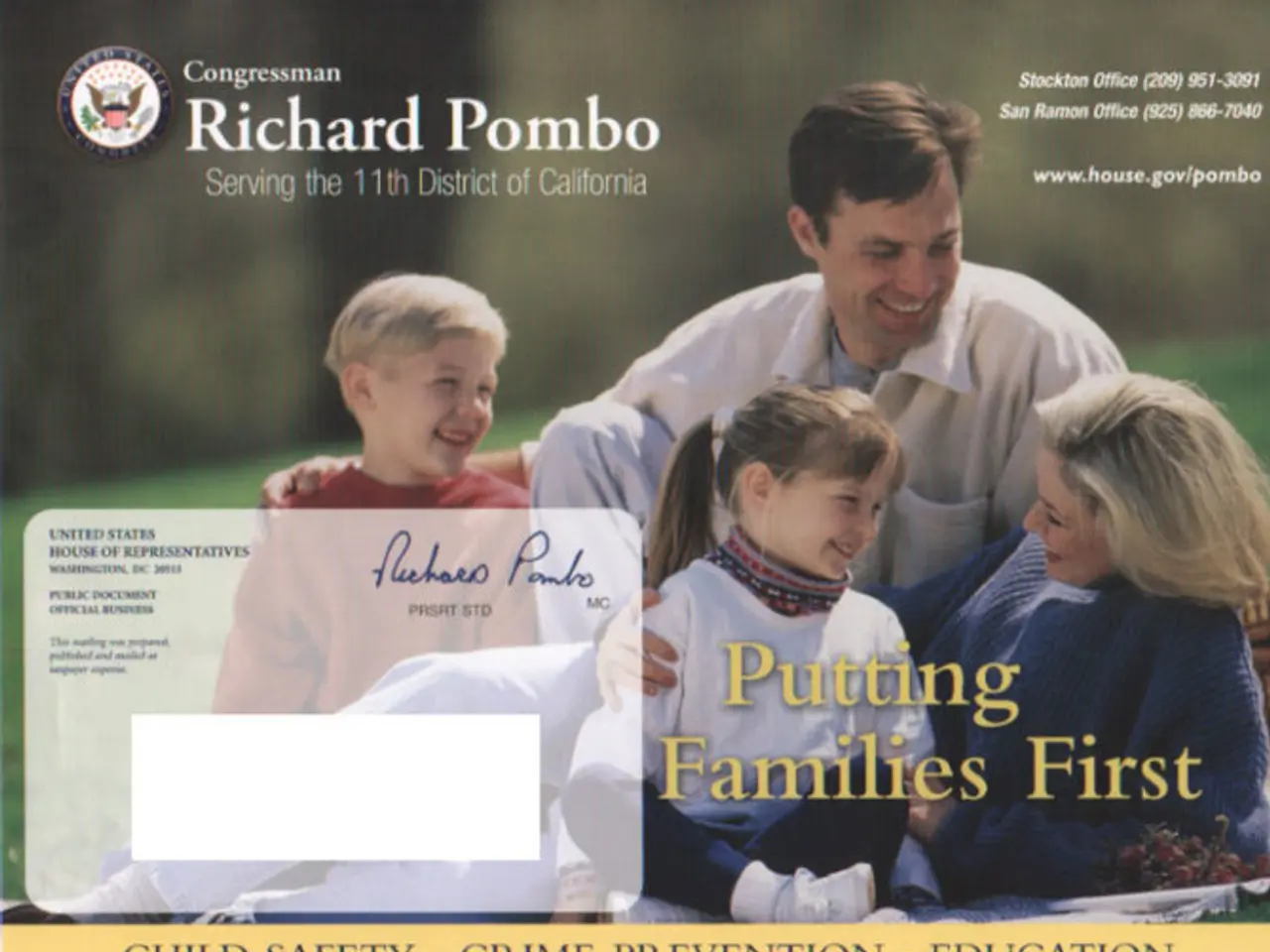Successful Grant Proposal Samples and Guide for Writing One
Grant proposals are essential documents for individuals, researchers, and non-profit organizations seeking funding for specific projects or programs. In this article, we will guide you through the key elements of a successful grant proposal, offering tips and strategies to help you secure the funds you need.
The Importance of a Well-Structured Grant Proposal
A grant proposal serves as a window into the project or program you wish to undertake. It presents the people behind the project, outlines the objectives, scope, deliverables, and budget, and demonstrates a realistic funding and sustainability plan. The success of a grant proposal relies on writing that's clear and to the point, which will help gain credibility, reach more people, and secure funds.
Tailoring Your Proposal to the Funder’s Mission and Priorities
Understanding the funder's goals ensures your proposal aligns with what they want to support. By tailoring your proposal to the funder's mission and priorities, you increase your chances of securing the grant.
Clarity and Conciseness
Be clear and concise in your writing. Use simple, direct language, avoid jargon, and answer questions precisely within any word or character limits. This approach will help reviewers quickly grasp your plan and feasibility.
SMART Goals
Use the SMART (Specific, Measurable, Achievable, Realistic, Timebound) criteria for your goals. This will help communicate the impact of your project clearly and effectively.
Preparation and Planning
Starting early or having prepared materials can greatly improve the quality of your grant proposal, even if time constraints are tight. Prepare parts of the proposal beforehand, and be ready to refine your “need” statement and project plan under tight deadlines.
Compliance with Guidelines
Follow all grant guidelines strictly. Adhere to format, page limits, font sizes, and submission instructions to avoid disqualification.
Key Sections of a Grant Proposal
Cover Letter
The cover letter of a grant proposal should introduce the project's value and purpose, the organization or individual's history, the future outlook for the project, reasons why funding is needed, how the funding will be used, the total amount requested, positive effects that will come from the project, people who might benefit from those effects, and appreciation for the reviewers' consideration.
Abstract or Executive Summary
The abstract or executive summary serves as a brief synopsis of the entire document and summarizes the project's goals, objectives, and grant request in one or two pages.
Project Introduction
The project introduction presents the organization and its history, value statement, and goals.
Project Narrative or Project Design
The project narrative or project design section goes into detail about how the project will be taken towards completion.
Team
The personnel or team section presents the people behind the project.
Budget and Budget Justification
The budget and budget justification section shows how the grant money will be used if the grant is awarded.
Table of Contents
Include a table of contents to help grantors navigate the proposal quickly.
Available Grant Proposal Templates
There are various grant proposal templates available to help put a grant proposal together quickly. These templates can be customized with millions of design elements in the editor. Some examples include the Medical Research Grant Proposal Template, the Vocational Training Program Grant Proposal, and the Agricultural Research Grant Proposal Template, among others.
Evaluation of the Project's Success
The project's success will be evaluated in the project's success will be evaluated section of the grant proposal.
AI Presentation Maker
Our platform offers an AI Presentation Maker that can generate a presentation grant proposal in less than two minutes.
Grant Proposals for Different Sectors
Grants are used by various sectors for different purposes. Non-profits use grants to carry out activities, provide services, or run their operations. Academic research projects use grants as their primary source of funding for lab testing or surveying.
Conclusion
In short, focus on clarity, alignment with funder goals, a structured plan using SMART goals, and strict compliance with guidelines. Starting early or having prepared materials can greatly improve the quality despite time constraints. If time is very short, prioritize writing a clear project summary and SMART objectives, use straightforward language, and strictly limit your scope to what is achievable and measurable.
- Incorporating visually appealing content like data widgets and infographics within the grant proposal can effectively convey complex information and project impact, thereby increasing the proposal's appeal to potential funders.
- Alongside educational content, offering additional data widgets for online-education platforms could enhance user engagement and provide a more comprehensive learning experience, further supporting the effectiveness of the proposed education-and-self-development program.




